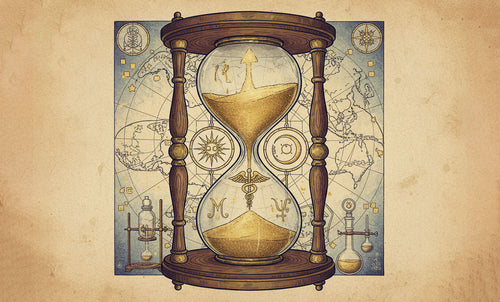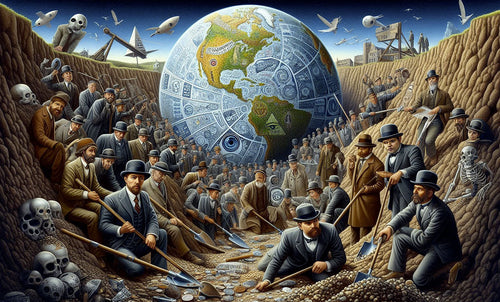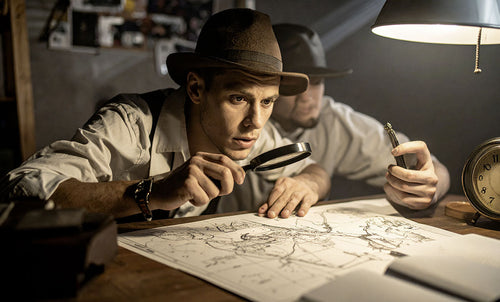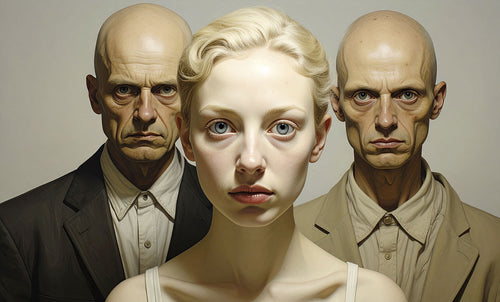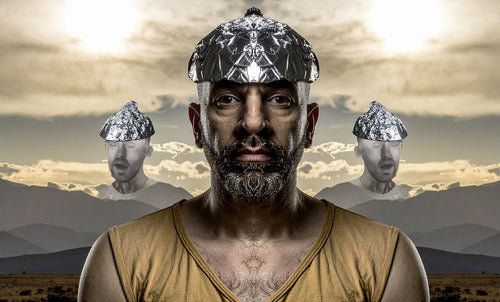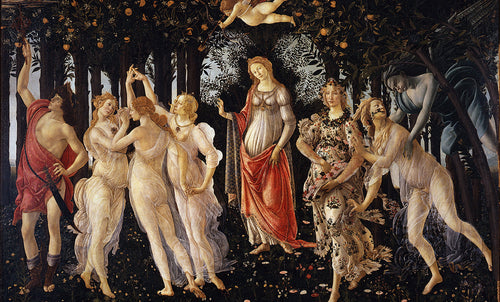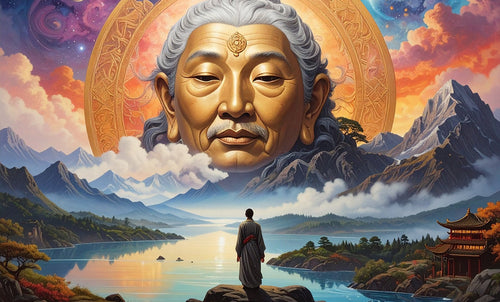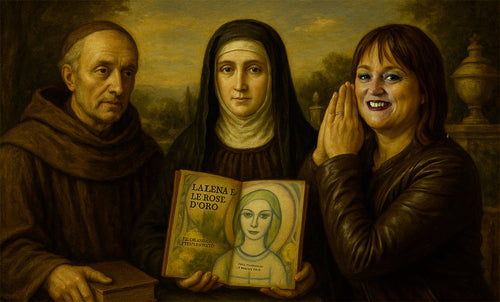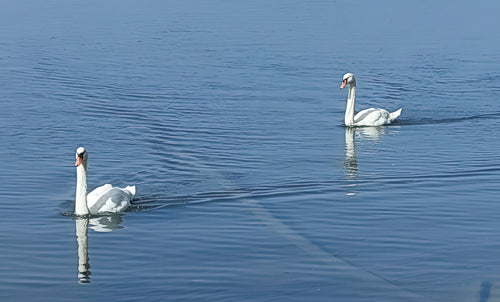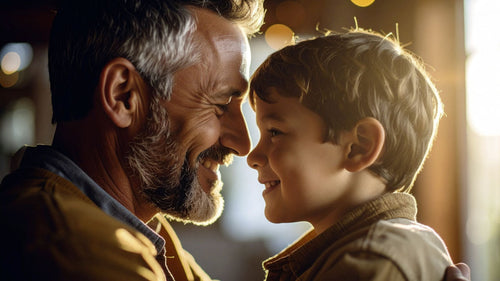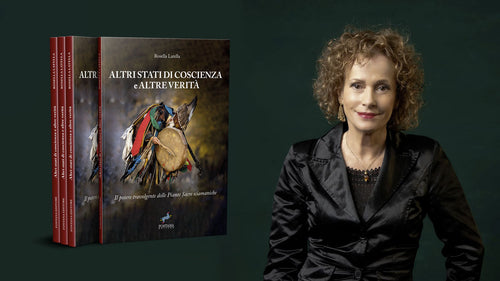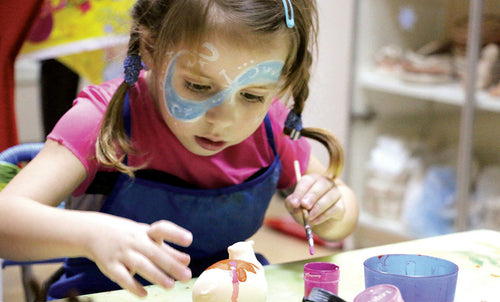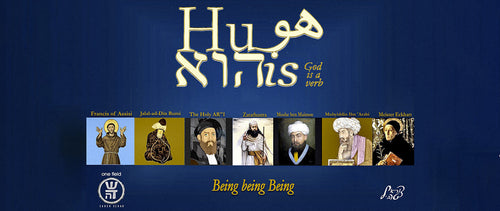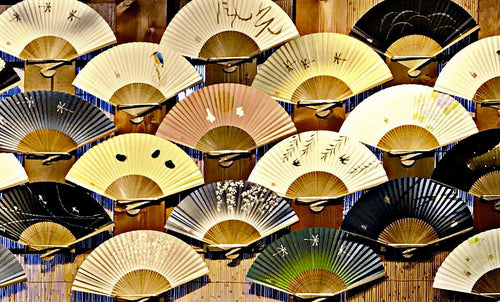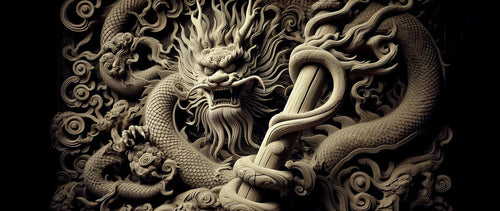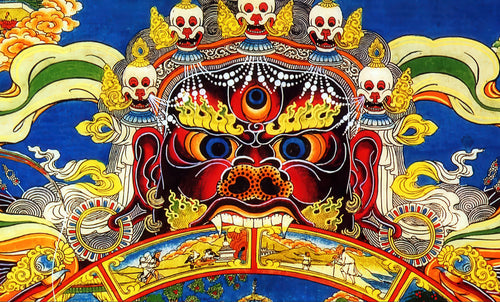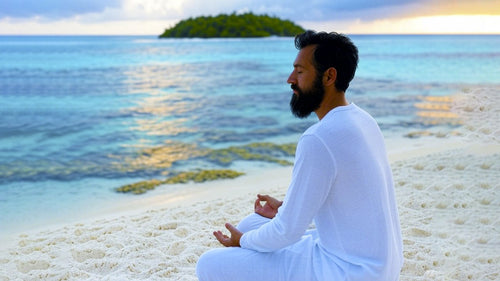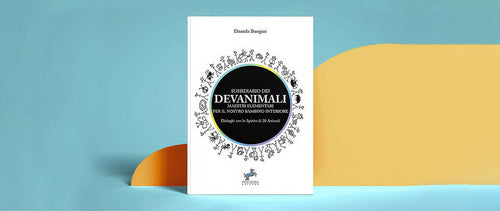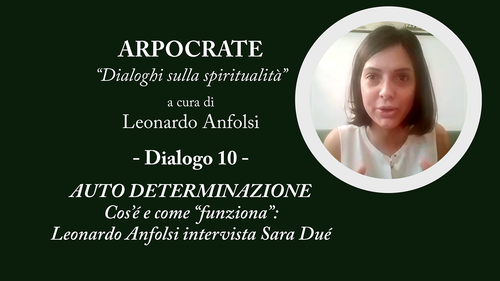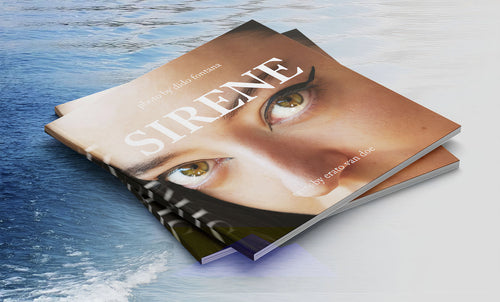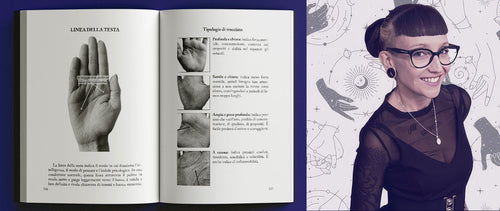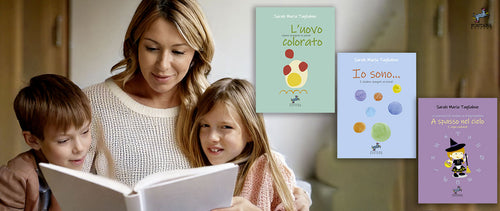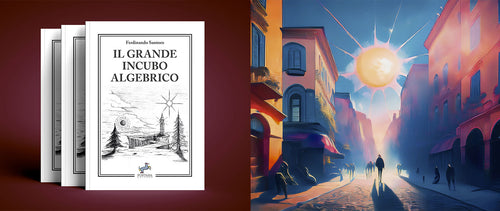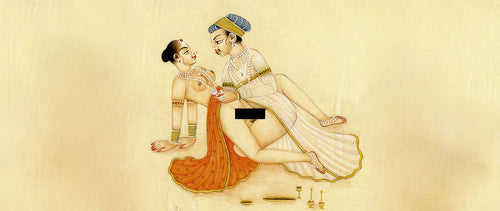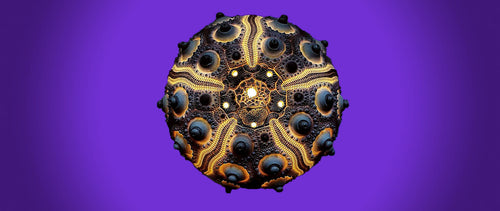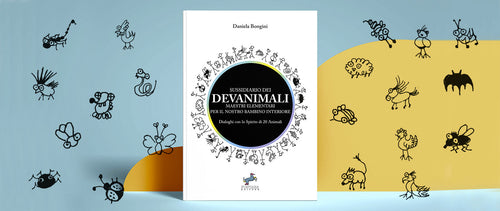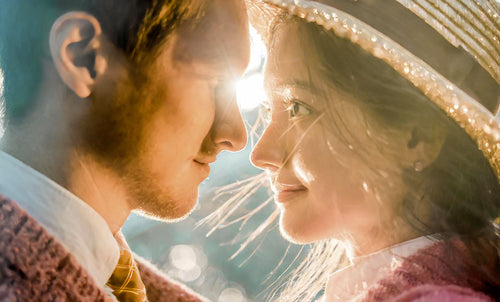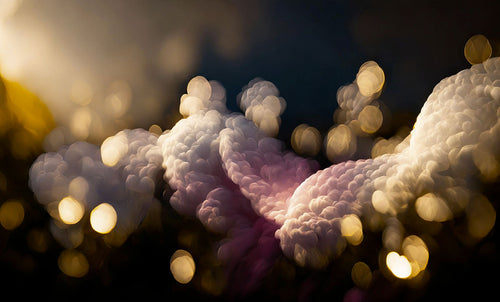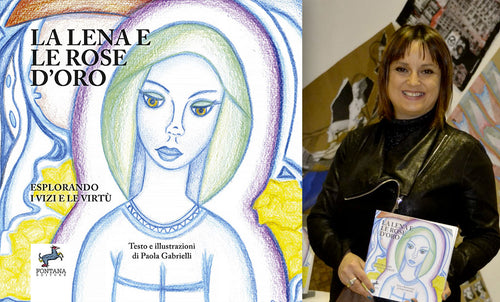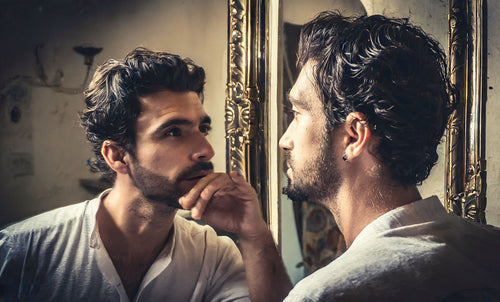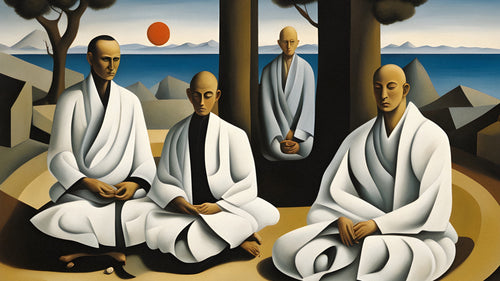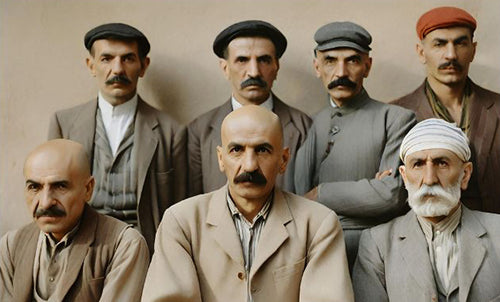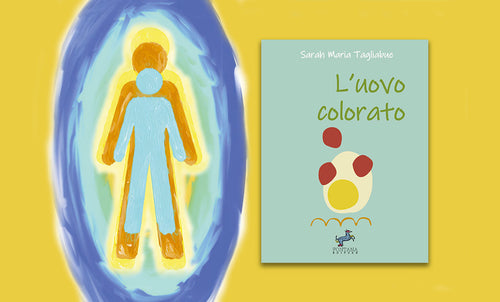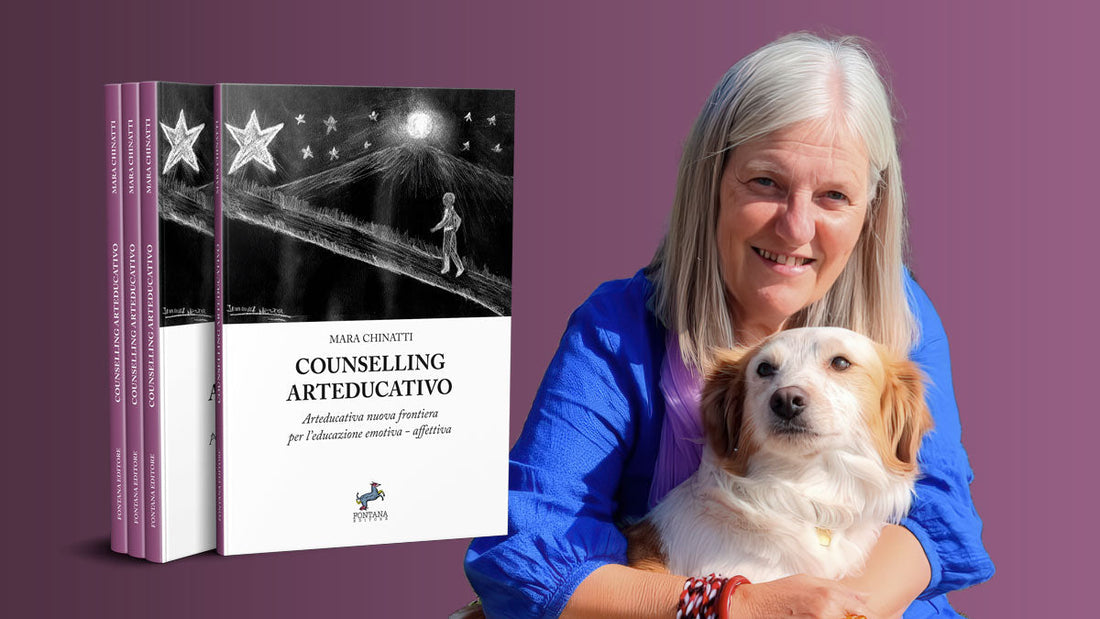
Mara Chinatti and Art Education: Psychosynthesis and Beauty
Rocco FontanaA conversation with the founder of Arteducativa , between Psychosynthesis , beauty and freedom.
Counselling Art Education is not simply a manual or a testimony: it is the living synthesis of an existential, spiritual, and professional journey. Mara Chinatti guides us through a practice she herself conceived and cultivated for over twenty years—Art Education—restoring dignity and a voice to people who society too often condemns to silence. Her work intertwines psychosynthesis, creativity, emotional education, and individual attention in a "sacred space" where transformation becomes possible. In this interview, we ask her to share some key aspects of her vision and practice, so deeply rooted in respect for the soul and faith in inner beauty.
Seven questions to author Mara Chinatti
1. At the heart of Art Education lies the principle of "questioning" as the opening of an inner journey. How does this methodological choice arise, and what transformative power do you see in a simple question asked with authenticity?
Art Education is not psychotherapy or art therapy, but rather a modality I have developed and tested for over two decades. In counseling, it seeks to respond to the client's needs. It originated in the 1990s when, during my stay in India, I felt the need to respond to a request for profound change and to understand its contents. Subsequently, it developed in connection with the understanding of some physical ailments that had made me ill. In Art Education, the "art education pilgrim," seeking an answer or clarity, develops a free and spontaneous image that reproduces their question, becoming for themselves a guiding figure, a point of reference, a tool they use to rediscover themselves, to shed what is no longer useful, but struggle to let go, to give up what they believe they possess forever. It is the question that establishes the overall situation it considers, indicating the path, the direction to follow, and the working method that will lead the individual to reach their personal answer. The question is the "key" to always keep in mind, as it opens the doors to different rooms (the subsequent drawings and writings) that are similar to passages, stages, or pauses that the individual's interiority desires. As the individual progresses, he becomes a master of himself and understands that he can learn from himself, from what he has, from what he is, and from what he does.
2. You speak of the "sacred space of the laboratory" as a place outside of ordinary time. What makes a laboratory truly "sacred," and how do you cultivate this quality of presence, especially with people experiencing extreme hardship?
In an art-educational program, the dynamic space between question and answer is the relational space between the artist and the art educator. It is the space the artist opens between himself and himself, in his relationship between the internal and external world, alternating the use of the right and left hemispheres. This space of psychic and energetic protection shelters the individual from disturbing or negative pressures and influences, allowing them to reclaim their inner places. It is a sacred space-time because it is here that human beings can develop the favorable conditions and potential opportunities for acceptance, transformation, and transmutation, and above all because, perhaps for the first time, they reveal themselves and reveal themselves first and foremost to themselves. The quality of this space implies trust, respect, choice, but also something more; something profound occurs. In this place, the mind and soul are completely detached from the normal space-time flow of daily life, which entails estrangement from external influences. And it is here that a longing for one's own essence emerges; it seems distant but is very close, present because it is a Loving Presence of LOVE AND WILL. Assagioli, in the 1973 video interview, states: " The dimension of the soul is presence ," which is why human beings seek it both within and outside themselves. When an individual is present to themselves, they become their own companion, both an "artist," since they shape themselves, and the architect of their own inner journey. In doing so, they draw ever closer to their truest and most profound authenticity. The integration of their work generates wonder within them and provides a completely unexpected awareness. And we know that wonder is the primary quality of the manifestation of the Self that manifests itself in everyday life.
3. Your words often bring up the idea of beauty as a right, not as an ornament. How can aesthetic experience, even in its most intimate sense, restore dignity and hope to those who have lost it?
The idea of beauty often refers to something visible that inspires admiration and contemplation. In art education, as in antiquity, however, beauty is not perceived solely through the senses, as an object to be admired, but is an experience lived internally to create the object to be observed, be it a concrete form or an internal process. To achieve or approach this goal, art education work concretely creates a sequence of projective "mirror" images upon which the author focuses his attention. Since the subject's work unfolds on the consequences arising from an affectivity that has been or is experienced poorly, distorted, or absent, the present discomfort carries within it an unfulfilled need. Beauty emerges in the transition from ignorance to awareness of something, from irresponsibility to responsibility, and is revealed through a process of self-knowledge, self-awareness, and inner development. To explore his wounded dignity, to restore the energetic forces that serve the expression of the Soul, the individual's truest identity, and the harmony between it and the personality, the author uses access keys : the dialogues he engages in with his personal and multiple mirror images. Absence of judgment, inner openness, observation, acceptance, and the ability to see qualities and potential in his mirror images are just some of the essential requirements for awakening and hearing the call of self-love, which lovingly encourages us first to seek and then to see our own and others' beauty. By the simple fact of being human, he rediscovers that every person, regardless of their social, economic, or health status, deserves to be treated with respect and consideration. Consequently, in valuing himself and others, he applies what the ancient scriptures remind us: " Humanity is a single body. One should not shine for oneself, but to manifest the beauty of creation in the world. Therefore, activating the spark of light and goodness within us is the purpose of every human being ."

4. One of the distinctive elements of your practice is the absence of interpretation on the part of the art educator. Why is it so important that the meaning emerges from the author of the image himself?
Learning to clarify, read, and explain the component parts of a spontaneous drawing is the author's sole responsibility, for for them it means removing the mask from a face that seeks to reveal its beauty and revealing their true personal features. I recall that the graphic representation restores to the author parts of their manifold behavioral, character, and spiritual aspects. Therefore, the interpretation must be exclusively personal and not the work of the art educator, who alone can free them of their hidden potential, allowing them to also learn information previously unknown or inexplicably forgotten. The human being is what they see, abstract or figurative, on the sheet of paper in their drawing, and who better than they can understand its content? The art educator's interpretations, which often, or largely, turn out to be personal projections, would be of no use to them.
5. The book discusses the "magic box" and the use of colored pencils as an evocative and educational tool. Can you tell us how this tool was created and what reactions you observed in participants while using it?
To explain the basic concepts of Psychosynthesis and Art Education, such as the human physical structure, the anatomy and physiology of the psyche, what aspects of ourselves and others we see, what we perceive, and much more, I first had to engage the curiosity and attention of my workshop participants. To reach them using a language that expressed complex concepts simply, concisely, and easily understandable by everyone, even those with limited Italian or little or no formal education, I intuitively used a cardboard box containing colored pencils and teaching materials. Thus, the closed and subsequently opened box became the image representing the human being, its contents, the aspects of the multifaceted soul, and its psychological functions. As if it were a game, I moved the pencils around the table, positioning them vertically or horizontally, unpaired or grouped, etc., depending on the information I wanted to convey. Each participant, attentive, intrigued, and at the same time benevolently surprised by my approach, participates dynamically without being influenced by their cultural background. The light in their eyes, the questions they ask, and the conversations that take place between us continually testify to me that the method I used facilitates the understanding and acquisition of concepts in those present.

6. Your prison experience profoundly affected your life. What were the most profound insights you gained from that context? And what did you learn about the power of relationships, even with those who had lived in marginalization or error?
One day I heard a missionary, who was describing the reality of Brazilian prisons, say that there is a need for human formation . He didn't speak of psychological processes or other common phrases, but of "human formation." In these two words, I perceived the urgent need to reshape something that already exists, but which, for one reason or another, has been altered. When an individual grows up carrying with him an image of himself that is completely different from his authentic self, he will act in accordance with it, and it will not be easy for him to discover, reclaim, or recover the original. Helping the individual discover himself as different from the distorted image he has created means restoring his original form. " The union between you and me creates us " is the title I gave to a previous book of mine that I cite, because through my experience in Art Education, I have trained myself to put this same message into practice. " I am learning not to hate " is the title of another book of mine. It's not just a concept, but a daily reality that, besides being thought-provoking, recurs as a message in every context in which we want to encounter the "other," be it a situation, like that of detention, an idea, a part of ourselves, an aspect that for some specific reason we dislike, that limits us, disturbs us, leads us to make mistakes, or even pushes one person to inflict suffering on another. C.G. Jung said that " The great problems of humanity have never been solved by general laws, but always by a change in the individual. "
7. Art Education is not just a practice, but a true path of awareness that activates good will and connection with the Self. In an age often dominated by distraction and inner disorientation, what can this approach offer those seeking a more human and enlightened way of being in the world?
Roberto Assagioli said that each person is a light that radiates from within, but is also a lamp that emits light. Often, however, this lamp is not lit, and the lack of light or the presence of a dim light creates discomfort, problems, chaos, doubts, suffering, and much more. Therefore, Art Education aims to foster evolution, starting with the renewal of the human being, who, of his own initiative and good will, acts within himself, for himself, and for the world around him. But until he disidentifies himself from the consequences of poorly experienced affectivity—which I have found to be the common denominator of many psychological and physical ailments and sufferings—he cannot create a good interpersonal relationship. M. Mitzchar, in Kemi Hathor 1982, reflects on the fact that " Man today is once again feeling the need for a discourse that addresses both his conscious and his unconscious ." To satisfy this need, it is best for a person to work on themselves, following the path from the lower (personal) self to the higher (Soul) Self, or vice versa. It is by qualitatively relating to themselves, to other sentient beings, and to nature that they recognize the multiplicity and diversity of life forms. Human beings need Human Relationships, to awaken a sense of humility and loving self-acceptance, which allows them to first seek and then find their beauty. Consequently, it will no longer be ignorance, passivity, anger, expectation, or dependence that will dominate or motivate their actions, but rather the use of good will in conscious choice. Arteducation proposes a sacred space with the quality of feeling at home, where it is possible to concretely reawaken that special vibration, called perception, of being and existing as we are in nature, which, due to a lack of, a distorted, or poorly experienced affectivity, has been unable to resonate. The home of the Self is man himself, and it is found primarily in his heart and his free feelings. Therefore, the Self is an encounter and communication between souls who see each other, recognize each other, and confirm the Self of the other.

I conclude this interview by thanking Fontana Editore and with a quote from the book: From Intellect to Intuition, 1951 by A. Bailey. “ Knowledge elevates the soul to the divine order; love unites it to God; practice perfects the soul and elevates it to God. These three factors lead the soul out of time, into eternity .”
In the book, as in these responses, Mara Chinatti invites us to a new, profound listening that goes beyond appearances and roles. Art Education is not a method to be applied, but an experience to be lived, a path that opens the possibility of seeing and seeing-if. In a time when humans often risk getting lost in the noise of the world, her work is a call to beauty, to fruitful silence, to encounter as a sacred act. A gesture of care that lights small internal fires—and gently teaches us that " the union between you and me creates us ."

